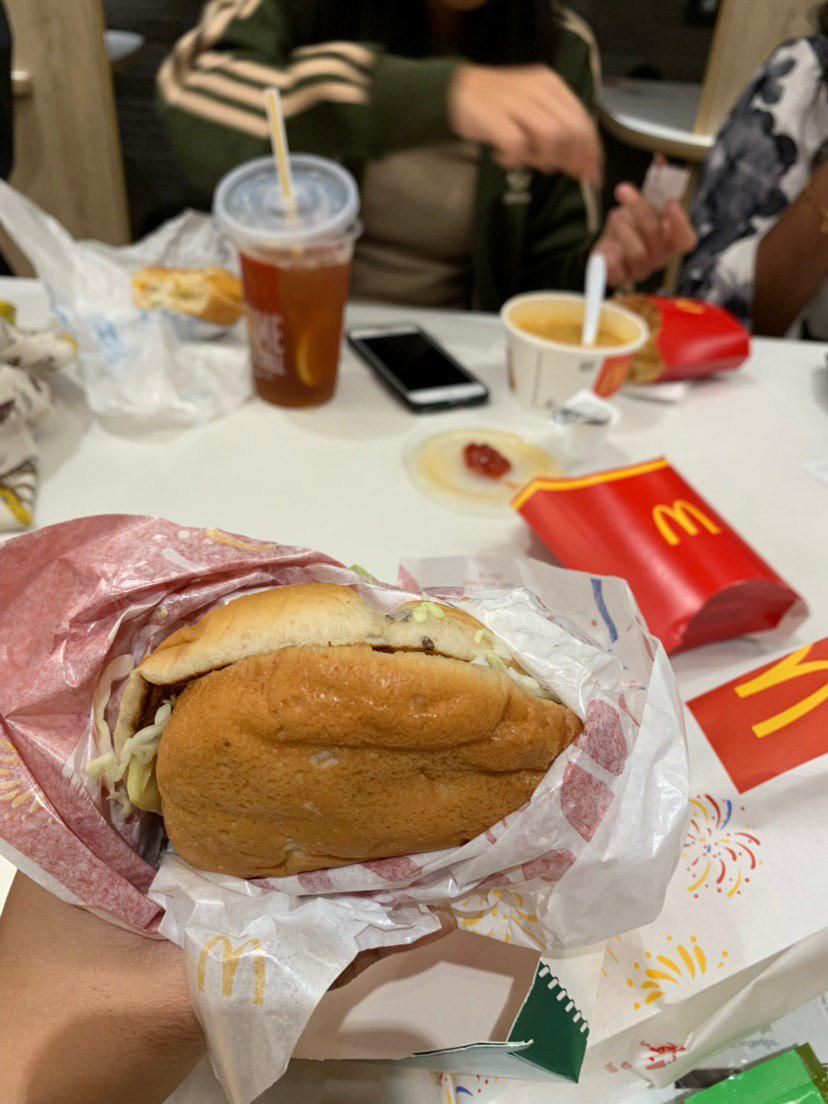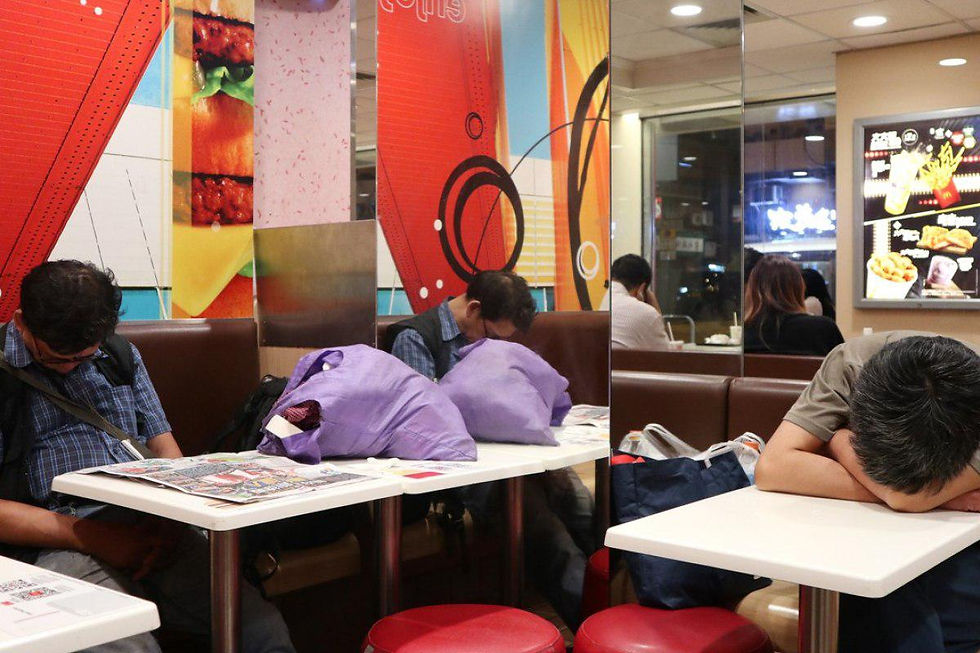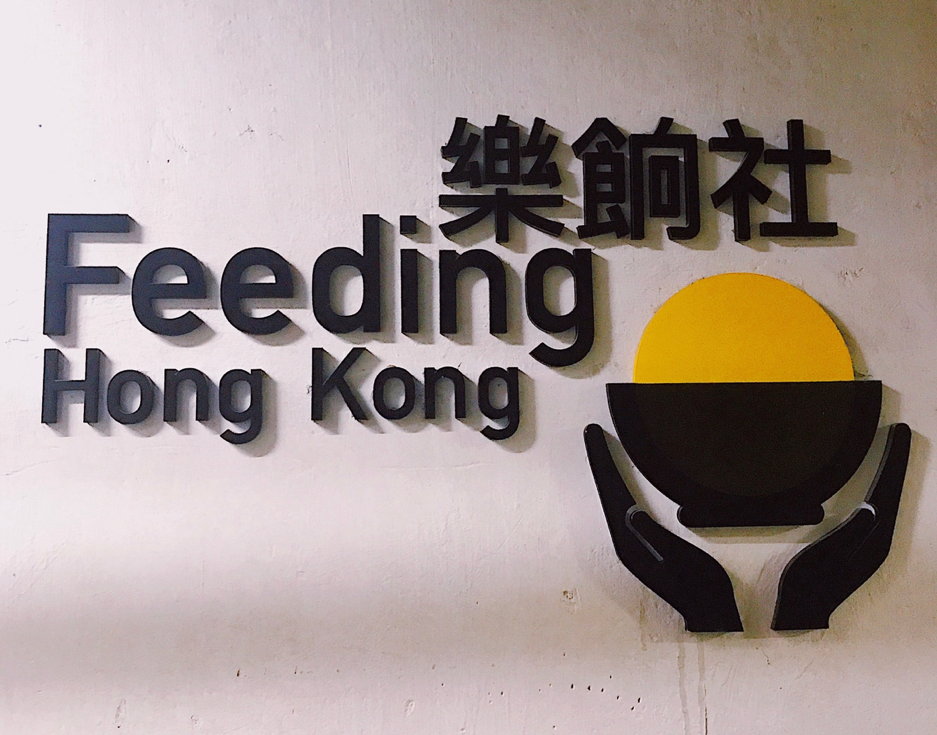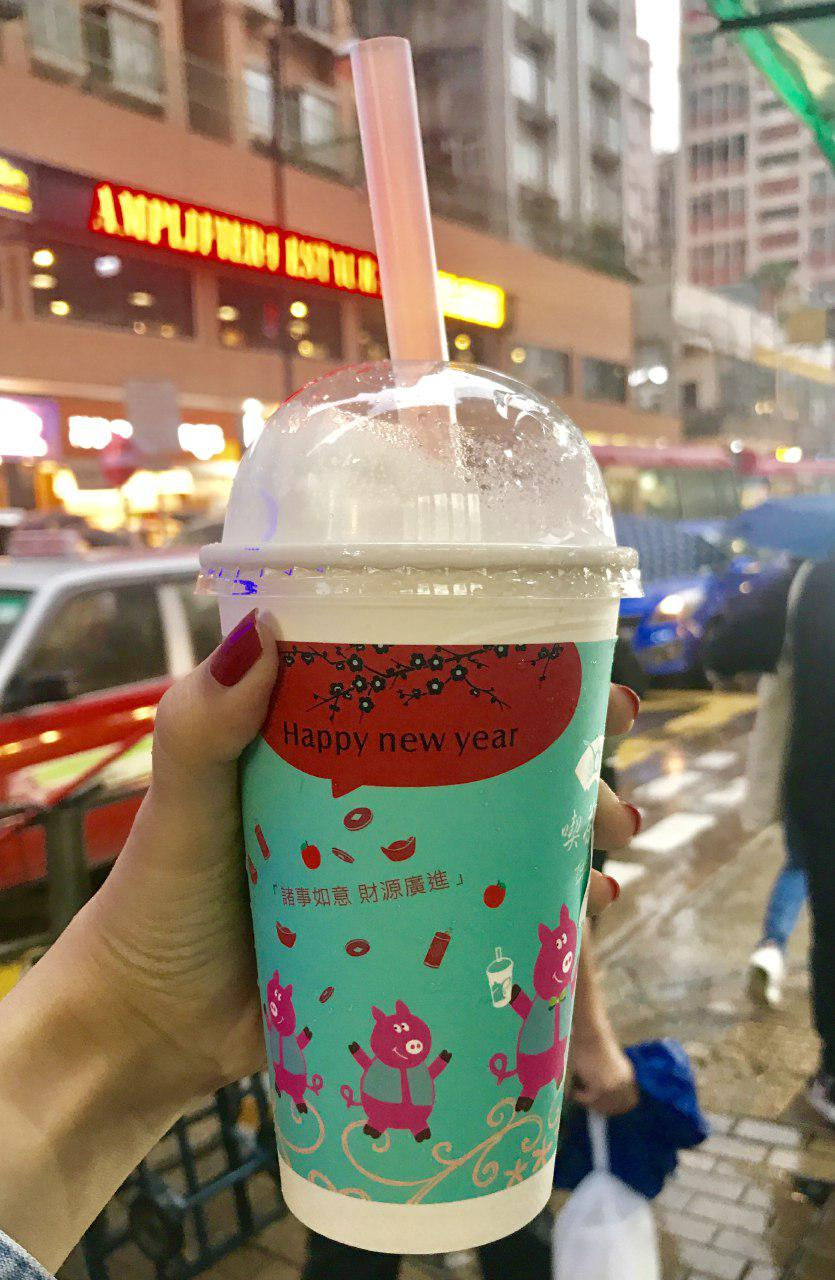McDonalds, the local superhero
- fms8522019
- Apr 11, 2019
- 3 min read
By Dexter Lok
When we first arrived in Hong Kong, we were, much like teenagers our age, all so excited to visit McDonalds. We had heard of great things – pork buns, year-long seaweed fries, localised menu items, promotional meals, all sort of things that we would never get a chance to experience back in our overly sanitised no-pork-no-lard Singapore.
We finally had the opportunity of trying out Macs on Day 4. Tired, cold and famished we eagerly dashed to the nearest Macs and lo and behold savoured the long-awaited pork and lard products which were simply blissful to savour. We also fell in love with the crayfish soup, which we would go back for 3 more times before we left.

“Hey that’s quite cute,” Ruth pointed the first time we were at Macs. “They have solo booths with charging ports for people to sit and use their phones alone.”
The small booths really were meant for an audience of 1, or 2 at most. These booths had a small round table with 2 stools facing each other on opposite sides. What puzzled me then was how the booth looked like it was set up to house an overnight guest who wanted privacy instead of a regular Hong Kong customer who would finish their meal and leave in 20 mins.
It wasn’t until a few days later when we visited Chinese University of Hong Kong (CUHK) did I get my answer.
--------------------------------

“Has anyone ever heard of the term McRefugees?”
This was the question posed by the host lecturer from CUHK, who wanted to give us an insight on how journalism was related to the social sciences. This was also my answer as to why McDonalds was so well equipped and has a cosy feel to it.
McRefugees, the lecturer explained, was a term used to describe the group of people in Hong Kong who would camp out at the few 24/7 Mac outlets around the city instead of going home. Many of these people either had no home to go to or were living in spaces so cramped and stifled that they would rather find shelter at Mac.
Of course, the lecturer did not exactly discuss why the presence of McRefugees and the bigger problem of Hong Kong’s housing crisis happened. She had just touched upon the topic briefly and went on to explain how Journalism and the other fields of the social sciences would deal with the issue of the McRefugees.
The driving forces behind the phenomenon of McRefugees and the severe housing crisis were issues that sadly we did not have much time to explore. All we heard of from our tour guide was how only 40% of the land was usable for residential development. However, what is clear from the many reports done by the South China Morning Post (SCMP)[1][2][3],Bloomberg[4] and CNN[5] suggest that it all points back to the housing and land management policies set by the government.
--------------------------------------------
What really struck to home was how McDonalds was so accommodating to these McRefugees. One lady who was interviewed by the SCMP mentioned the McDonalds staff were all very understanding and would chase away rowdy customers after midnight. Such acts of kindness and empathy have been reported by many McRefugees the SCMP has spoken to.
This seems to be in line with the brand promise of giving back to the local community. After all, it is stated on their website that “[McDonalds HKis] proud to be part of the communities we serve and community involvement has always been a part of our culture”. While most corporates may stop their corporate social responsibilities with charities and pledges and fundraisers, McDonalds HK takes the step further to go out and directly help these “McSleepers” by providing them with a safe, hygienic and comfortable environment to rest.
You go, McDonalds.
_________________________



Comments